Ferry Birds – May to September 2016
Posted on October 1st, 2016
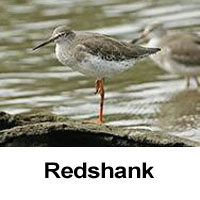
The redshanks in West Bay did their usual trick of disappearing in April and returning in July.
The main influx was again in July but I did see one in West Bay on the 29th of June. There were about 25 by the end of July and I counted at least 35 on the west side of the railway pier at the end of September.

Another regular happening is the eider ducks with young appearing in West Bay in June and I then saw groups of young with female chaperones fairly often in West Bay, Port Laing and Inverkeithing Inner Bay.
The gulls as usual took their toll, but I saw well grown young in various places locally and between Kinghorn and Kirkcaldy from the coastal path. My count on the 5th of June along this section of the path came to 65 adults and 23 small young.
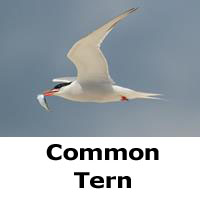 The common terns again failed to nest on the Guvy pier. I didn’t notice any interest in the pier from them but Long Craig was alive with terns throughout the summer and it appeared that they bred successfully again.
The common terns again failed to nest on the Guvy pier. I didn’t notice any interest in the pier from them but Long Craig was alive with terns throughout the summer and it appeared that they bred successfully again.
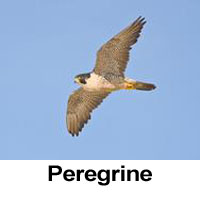
Sightings of uncommon birds have included the peregrine falcon on the north tower of the rail bridge at the end of July and one over West Bay on the 7th of August.

I have had several sightings of ravens including one over the station in July, at Port Laing at the beginning of October and several times during the summer over Cruickness quarry. Both these birds have bred in the quarry in recent years and they seem to have survived the partial re-opening of the quarry.

I also saw a sparrowhawk over The Brae on the 2nd of September.

The quarry was also home to a colony of sand martins this summer. Careful inspection of the floor of the quarry from the watertank field indicated an array of holes in one of the piles of fine stones and dust. Sand martins could be spotted flying in and out of these nest sites and I watched this on several occasions during the summer. From the activity we can assume that nesting was taking place but I have no evidence to decide if they were successful.
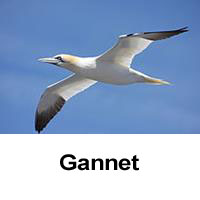
An annual autumn happening involves groups of gannets – mainly immature birds – which circle round in Inverkeithing Bay. I have only seen this twice this year. It was on the 11th of September and 5th of October when about a dozen – including one adult were flying round.
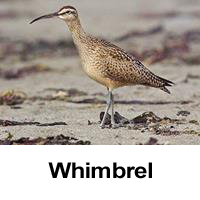
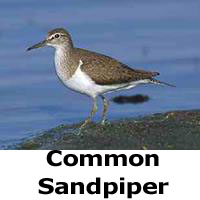

Sightings of more unusual birds over the summer have included a whimbrel flying over the Community Centre on the 10th of September, a common sandpiper at Cruickness Point on the 5th of August and a lesser whitethroat near the quarry viewpoint(!!) on Ferryhills Road on the 12th of June.
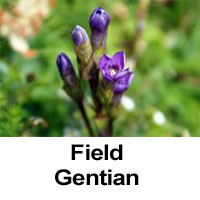
The field gentians on Carlingnose Point reserve flowered again this year but not as prolifically as last year. I managed to find about 25 flowering stems near the rocky knoll in August.
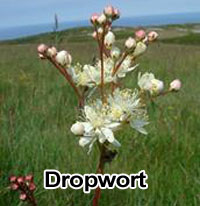
The dropwort appeared again in the watertank field and was also found on the reserve on the steep bank above Carlingnose View.
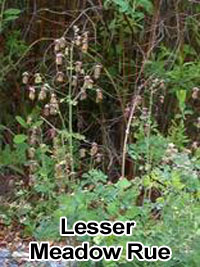
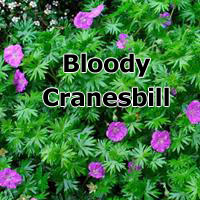
Lesser meadow rue, bloody cranesbill and kidney vetch put on a good show this summer and the devils bit scabious did particularly well later in the summer.
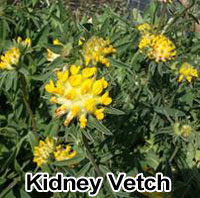
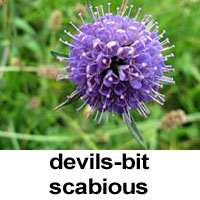
The annual cutting of the grass on the reserve has already been done and there is a possibility more maintenance will be carried out later in the year.

Finally away from the birds to the insects. They are, of course, vital as food for many of our birds so the congregation of wasps, hover flies, house flies and others on the ivy flowers at this time of year should be welcomed. Just have a quick look on a sunny day and see how many different kinds are busy feeding on the nectar from the flowers. I always think how events like this illustrate the interdependence of the plants, insects and birds. The ivy produces flowers which keep the insects going so the birds can feed on them. The pollination of the flowers means the ivy produces berries as food for other birds which spread the seeds from the plant. It all fits together beautifully!
John Done
top of page
